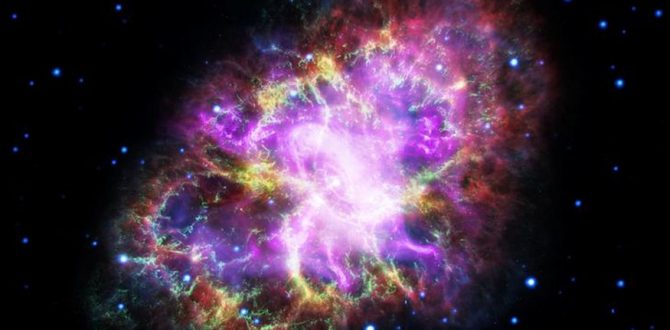Simulations based on standard cosmology predict that fewer than one percent of satellite systems should exhibit this synchronous behaviour. Because our own Milky Way and the neighbouring Andromeda Galaxy also have similar arrangements of coherently orbiting satellite galaxies, new findings suggest that standard cosmological simulations may be wrong.
Current theories of galaxy formation, based on standard cosmological ingredients such as dark matter, predict that small dwarf satellite galaxies should orbit in random positions and directions around their closest large galaxy.
For the study, researchers led by Oliver Muller from the University of Basel in Switzerland analysed the movement of satellite dwarf galaxies around Centaurus A, a galaxy around 13 million light-years away. The researchers were able to show that 14 of the 16 satellite galaxies follow the same pattern of movement and are likely rotating within the plane around the main galaxy.
Also read: Before Flames, Elon Musk Flamethrowers Spark Controversy
According to model simulations with dark matter, however, only half a percent of satellite systems in the local universe at most should behave this way.
“Coherent movement seems to be a universal phenomenon that demands new explanations,” said Muller.
The astronomical observations challenge the simulations. The researchers said that the possibility of coincidence can be ruled out, as this result — already seen in the Milky Way and the Andromeda galaxy — has now been detected a third time, in Centaurus A.
Watch: Smartron t.phone P Review | A Tough Budget Player With a Massive Battery







